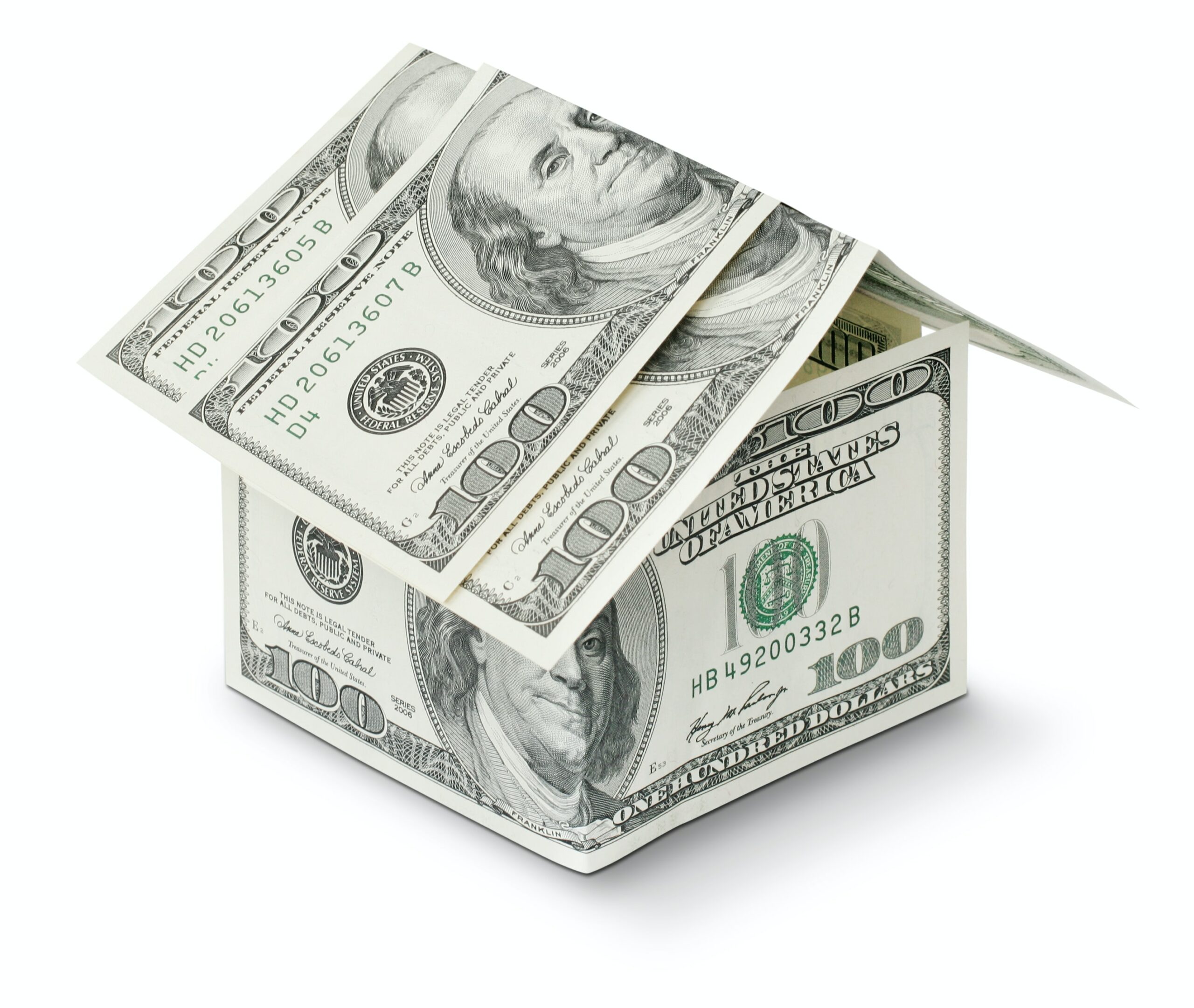Is refinancing a mortgage a good idea?
In the mortgage industry, refinancing refers to obtaining a new loan to replace an old one. If you want to save money on your monthly payments, you may choose to refinance. You can also change the type of loan or the period of the loan when you refinance. This means that you may be able to pay off your home sooner. Alternatively, you might take advantage of your home’s equity through a mortgage renegotiation. To save money on their mortgage, most people refinance.
Mortgage interest savings can be substantial. Mortgage Refinance can benefit homeowners in several ways. Over time, your finances will alter. Your home’s value will rise, and your income may increase as well. As a result, your credit rating will suffer. May increase. Of this. You may be able to save money by refinancing your house loan if interest rates have dropped since you took out the loan. It doesn’t matter what your financial situation is now.

Depending on your current financial situation, you may have more alternatives for financing your home in the future. The number of years that your loan will last is entirely up to you. It’s up to you what kind of interest rate you get. Can tailor even mortgage closing expenses to your needs. Mortgage interest rates, on the other hand, are continually changing.
When you refinance, you can also adjust the terms of your mortgage. Refinancing to lessen their monthly mortgage payments is very common. However, a refinance mortgage can also speed up the process of paying off your property. Pay off debts or make home upgrades by removing mortgage insurance from your loan.
Refinance mortgages come in three forms:
The ideal refinances loan option for you will depend on your specific financial situation. It’s possible to get a rate and term, a cash-out, or cash-in refinance on a home loan. Rates for refinancing differ among the three types of loans.
Refinancing with a cash-out option:
A cash-out refinance designed to allow you to access the value of your home. A rate-and-term loan refinance means you’ll have the same loan balance as before, so keep that in mind. In order for you to be able to pay off your present debt Your new loan balance will be higher than your current loan balance because of the cash-out refinance. To a bank, a cash-out refinance is riskier than a rate-and-term refinance. Consequently, lenders demand stricter approval criteria.

Consolidation loans with a cash-out component are another option. Then there are second mortgages that did not take at the time of the transaction. After paying off your current mortgage, the money “leftover” from the new loan is what you’ll be taking out. Closing costs are paid in cash because the homeowner owes back the initial loan amount. Depending on the circumstances, the new loan may have a cheaper or shorter loan period than the old one. However, the primary objective is to generate immediate liquidity. Therefore a lower interest rate is not necessary.
One option is to change the terms and interest rate of your Mortgage Refinance. A rate-and-term refinance is an option for homeowners who want to adjust the terms of their current mortgage. The term of a loan refers to its duration. Rate-and-term refinances are by far the most common type of refinancing, especially as mortgage rates continue to decline. A lower mortgage rate or a shorter loan term could also result in cheaper interest payments over the life of the loan. Your monthly payments will rise if you refinance into a shorter loan term.
Due to the shorter repayment period, you’ll pay off the same amount of money in less time. Because you’re eliminating years of interest payments, you save more money in the long run. Rate-and-term refinances loans are designed to save borrowers money. You can achieve this either by lowering your monthly payment or by refinancing your mortgage.
Refinancing with cash:

The reverse of cash-out refinancing is cash-in refinancing. The most popular explanation is receiving lower interest rates, which are only accessible at lower loan-to-value ratios (LTVs). Cash-in refinances require the homeowner to bring cash to closing to reduce the loan balance and reduce the interest rate. As a result, a cheaper interest rate or a shorter loan period may be achieved. Homeowners who want to refinance their mortgage with cash have various options.
Refinancing your mortgage:
With a Mortgage Refinance loan, you create a new loan with a new set of conditions for your house. In most cases, this entails a complete mortgage application and approval process.
There are three areas that mortgage underwriters will look at while reviewing your application:
Assets and cash reserves are necessary for survival. Credit history and credit score are essential factors in determining a person’s credit. An individual’s financial and employment background. In most cases, Mortgage Refinance can be completed within 30 days or less. Even so, take in mind that closing hours may be affected by market conditions. Many homeowners hurry to refinance at the same time as interest rates have fallen dramatically. It could take up to 45 days to close.
Just like when you first applied for your current loan, your home will be appraised to verify its current market value. While buying and refinancing share many similarities, the two processes are very different. Refinancing typically requires borrowers to submit a smaller amount of paperwork. However, you won’t be requested to supply any information about the home’s previous transfer.

What is the process of refinancing?
Refinancing is the process of replacing an existing mortgage loan with a new one. Refinancing is the same as applying for a new home loan when purchasing a home. Your new mortgage can have a lower interest rate and more flexible conditions than your old one. As a result, you have the option of taking out a new loan that is either more reasonable or has some other advantage. This time rather than purchasing a house, I will use the loan money to pay for a vacation.
Paying down your current mortgage is what this is about. The debt you now owe on your mortgage is erased when you refinance. It also allows you to select your new mortgage’s interest rate and terms, making it more flexible. A new house loan will allow you to save money or achieve other financial goals. Consequently, you are still paying off your house. Despite this, you’re now making payments on the new loan instead of the previous one. That component is taken care of by the mortgage lender or lenders concerned. Mortgage Refinance is very similar to getting a new house loan, at least insofar as you’re concerned.

